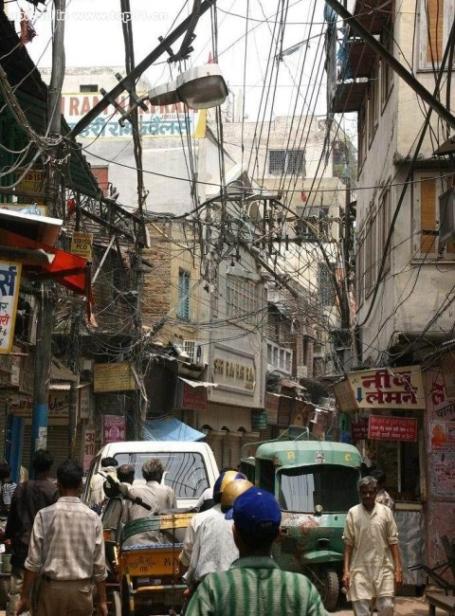Clean Energy, Corruption, and Case Studies on Electricity Governance

Developing countries are expecting billions of dollars to fund a clean energy transformation. How can they ensure this money is spent in the public interest?
At a moment in which countries seek billions of dollars of financing to transition to low-carbon economies, there has been little focus on how decisions about these expenditures are actually made.
But with new technologies and new sources of financing emerging as potential drivers of an energy transformation, it is critical to understand the institutional structures and governance practices that shape sector choices.
The Electricity Governance Initiative explored these issues on a panel at 14th International Anti-Corruption Conference in November 2010. Titled “Clean Energy: Conflicts of Interest and Corruption in the Electricity Sector,” the panel presented case-studies of the institutional backdrop for electricity sector planning and procurement. The panel examined how public funds for both conventional and renewable energy may serve vested interests. It also explored ways in which electricity sector institutions in developing countries may be improved to protect public interests in this capital-intensive sector.
Governance challenges persist even as the fuel is changed from conventional to renewable resources.
Case studies from Thailand, South Africa, Indonesia and India demonstrate large governance gaps, and multiple avenues for corruption:
-
Thailand’s power development planning process is premised on perpetuating gains for vested interests and designed to continue providing perverse incentives to extractive and nuclear industries, though various alternatives exist.
-
South African anti-corruption agencies are unable to take action even where conflicts of interests are visible in decision-making and seek higher levels of “evidence” of corruption or undue influence.
-
Indonesia’s government continue to sign private contracts with independent power plants (IPPs) outside of the public domain, committing to buy electricity at higher costs with virtually no public or regulatory oversight.
-
Clean energy development and deployment in India has shown how information asymmetry, limited regulatory and public oversight and the calculation and rolling out of incentives and subsidies can cloud decision-making in the sector.
The presentations demonstrated how institutional biases and lack of transparency can combine to slow transformation and distort pricing. Even in the “clean energy” sector, lack of transparency underscores the fact that governance challenges persist even as the fuel is changed from conventional to renewable resources.
A common theme in the session was the challenge of identifying and combating corruption, given the technical nature and complexities in the electricity sector, and a call for greater civil society coordination to combat corruption in the sector. Panelists focused on looking at corruption within a larger “good governance” paradigm: the creation of processes aimed at improving transparency to reduce corruption and lead to decisions in the electricity sector that better serve the public interest. The four presenters are partners of the Electricity Governance Initiative (EGI), a global network of civil society organizations dedicated to promoting transparent, accountable, and inclusive decision-making in the Electricity Sector. The World Resources Institute and Prayas Energy Group serve as the Secretariat.
Read these case studies here:
- Governance and Power Development Planning in Thailand
- Corruption and Procurement in South Africa: A Case-Study from Eskom
- Independent Power Plants and Corruption in Indonesia
- Clean Energy and Regulation: India’s Challenges of Information Asymmetry and Weak Oversight